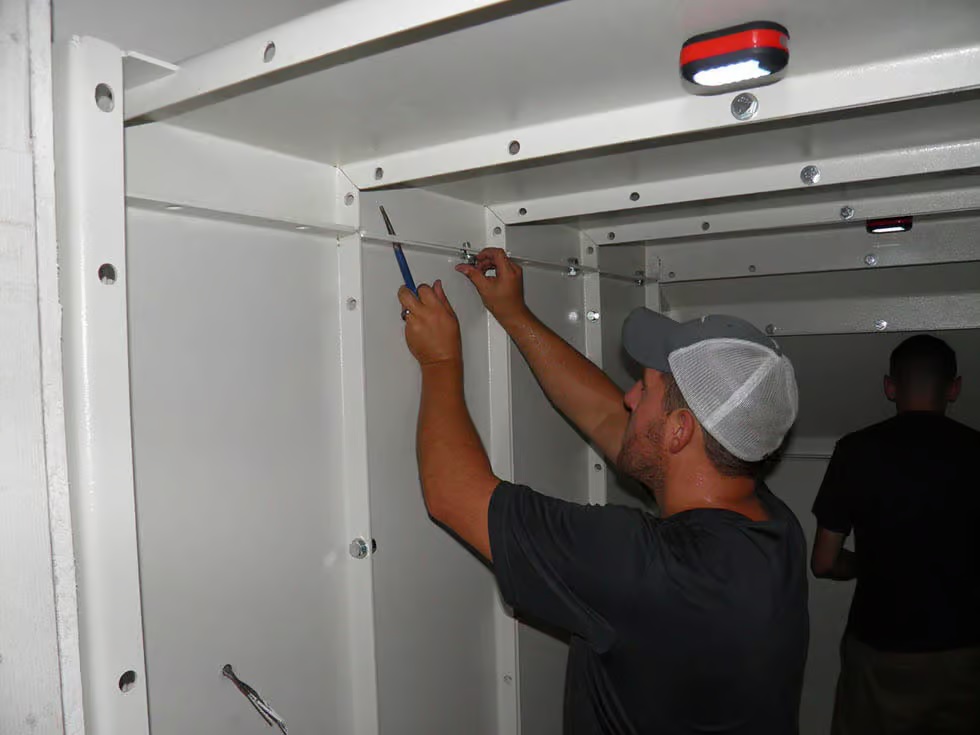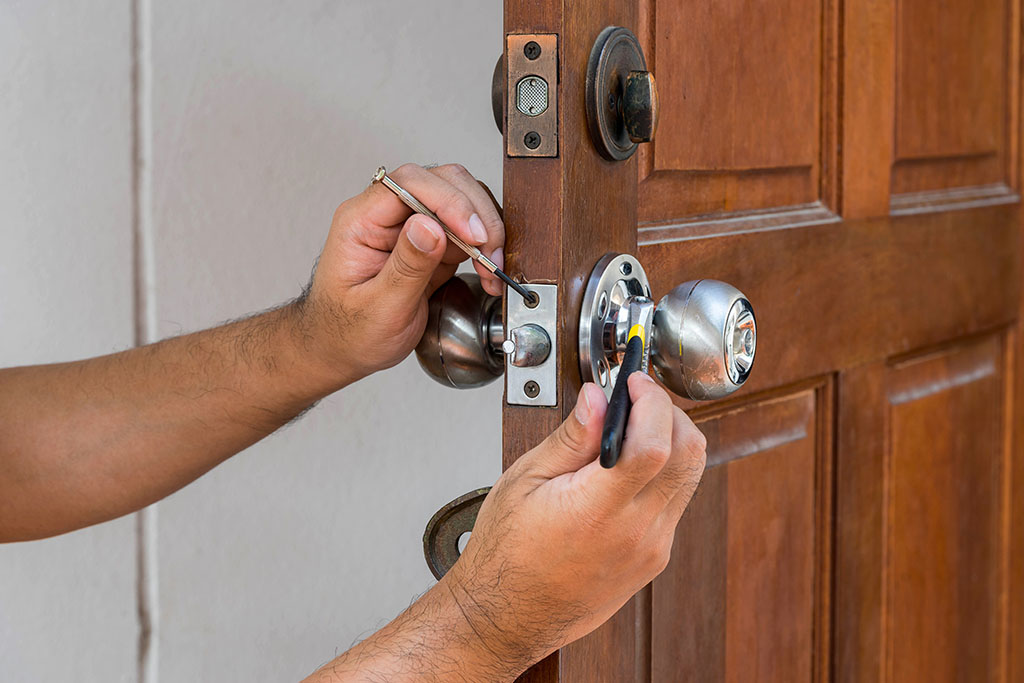
As extreme weather events become more frequent and intense, the need for safe and reliable shelter has never been more urgent. Whether it’s a hurricane ripping through coastal towns, a tornado striking a rural community, or an unexpected cold front freezing cities unprepared for harsh conditions, the reality is that many homes are simply not equipped to protect their occupants when disaster hits. Choosing a secure shelter for extreme weather means more than reinforcing walls; it’s about making strategic decisions that prioritize safety, durability, and long-term resilience.
The right shelter can mean the difference between surviving comfortably and facing danger. While every location faces unique threats, the foundation of a well-built, weather-resistant structure remains the same. It starts with design, continues with materials, and ends with ongoing maintenance and readiness. Whether you’re building from scratch or upgrading an existing structure, the goal is to create a place that holds strong when everything around it fails.
Understanding the Risks in Your Region
The first step in finding or building a secure shelter for extreme weather is identifying the types of threats most common in your area. Not every region experiences the same hazards, so understanding local weather patterns is essential to choosing the right level of protection. Tornado-prone areas require reinforced safe rooms or storm cellars, while coastal communities may need elevated homes with hurricane-rated windows and flood-resistant construction.
For example, the Midwest frequently deals with tornados and strong windstorms. In this case, a storm shelter built underground or anchored with reinforced steel and concrete provides one of the safest options. By contrast, homes in the Southeast face threats from both hurricanes and flooding, demanding structures built with impact-resistant doors, sealed foundations, and elevated platforms to minimize water intrusion.
Cold climates require thermal efficiency and structural integrity to withstand heavy snow and ice. Roofs need to be pitched correctly to reduce snow load, while walls must be insulated properly to prevent collapse from internal freeze damage. In wildfire zones, fire-resistant materials like metal roofing, non-combustible siding, and minimal landscaping close to the home reduce exposure and increase safety.
Assessing your risk helps shape every part of the shelter’s construction—from its shape and materials to where it’s located and how it’s accessed. Local building codes often reflect these threats, but going beyond the minimum requirements can offer better protection when the worst occurs.
Critical Features of a Weather-Resistant Shelter
To be considered a truly secure shelter for extreme weather, a structure needs to do more than survive a storm. It must protect the people inside from flying debris, structural collapse, fire, flooding, and more. This means the foundation must be stable, the walls reinforced, and all entry points sealed and secure.
A strong foundation starts with the soil beneath it. In flood-prone or soft-soil areas, elevation and pilings can lift the shelter out of harm’s way. In tornado zones, anchors driven deep into the earth prevent the home from being lifted or shifted by powerful winds. For earthquake-prone regions, shock-absorbing systems may help reduce vibration and structural failure.
Walls, roofs, and windows are other weak points during major storms. Reinforced concrete, steel framing, and high-impact resistant glass can all contribute to a safer environment. Roofs should be securely fastened using hurricane straps or metal clips, and gables must be braced or avoided altogether, as they are prone to collapse during high winds.
Entrances and exits are often vulnerable areas. Doors should be solid core or steel and feature heavy-duty frames with multiple locking points. Storm shutters or reinforced window coverings help prevent glass breakage and reduce the risk of injury. Sealing seams and joints reduces water intrusion during heavy rain and protects against wind-driven debris.
Mechanical systems like generators, HVAC units, and water heaters also require consideration. Elevating or enclosing these systems ensures they remain operational during a storm and don’t become hazards themselves. Some shelters include independent power and water supplies, making them functional even in long-term outages.
Safe Rooms and Storm Shelters: A Growing Necessity
In recent years, the use of designated safe rooms has grown significantly, especially in areas vulnerable to high winds or unpredictable weather. A safe room can be a part of a house or a separate structure entirely, but its purpose is the same: to provide an impenetrable space during the most dangerous moments of a storm. These rooms are typically built with concrete or steel walls and ceilings, secured with doors rated to withstand extreme pressure and debris.
Installing a secure shelter for extreme weather inside the home eliminates the need to run outside during emergencies. Interior safe rooms are often built in basements, closets, or even under staircases. They are anchored directly into the home’s foundation and can include ventilation, emergency supplies, and communication tools.
For those without basements or underground options, above-ground safe rooms are still highly effective when properly constructed. FEMA and other emergency agencies offer guidance and certification for such spaces, ensuring they meet safety and structural standards. A certified storm shelter or safe room can also lower insurance premiums and improve resale value, making it a practical investment beyond emergency use.
Maintenance and Preparedness Go Hand in Hand
Even the most secure shelter for extreme weather needs ongoing care and attention to remain effective. Over time, materials degrade, systems age, and environmental conditions shift. Routine inspections help catch small issues before they become significant problems. Checking seals, reinforcing anchors, and cleaning drainage systems all support the structure’s ability to perform under stress.
It’s also important to keep the interior ready for unexpected use. Emergency kits should include water, food, lighting, medical supplies, and essential documents. Families should establish a plan that designates who goes where, what to bring, and how to communicate once inside. Practicing these plans periodically ensures that when the time comes, everyone can act quickly and calmly.
While it’s impossible to control nature, it is possible to prepare for its impact. Homes that incorporate a secure shelter for extreme weather can offer peace of mind during seasons of uncertainty. These spaces are more than construction projects—they represent protection, stability, and the willingness to prioritize what matters most.







